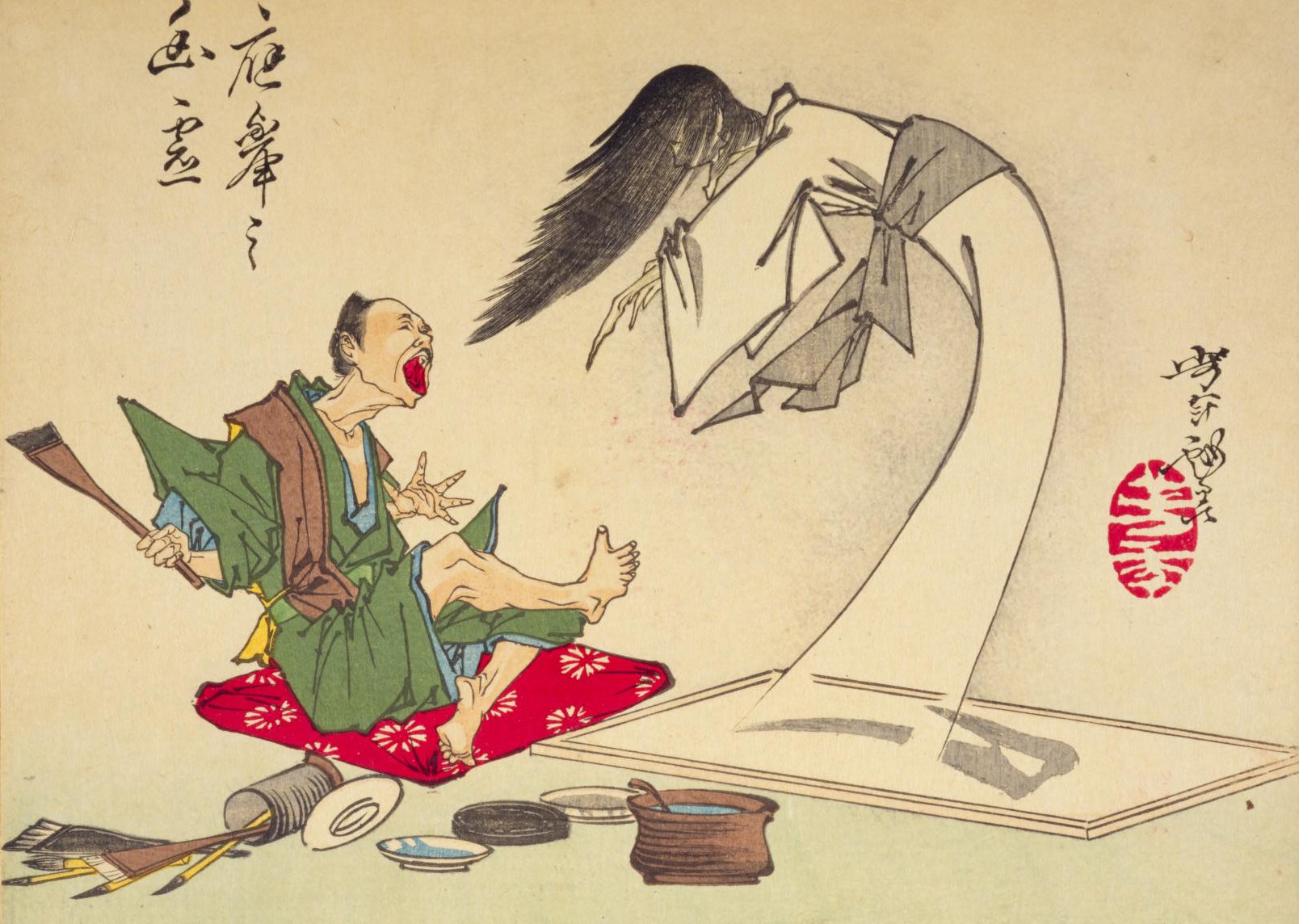Ampersand in Chinese
From Caitlin Schultz:
I was eating at a place called Yaso Tangbao in Midtown Manhattan recently and snapped these photos of Chinese characters and ampersands. I thought it was unusual!
Read the rest of this entry »
From Caitlin Schultz:
I was eating at a place called Yaso Tangbao in Midtown Manhattan recently and snapped these photos of Chinese characters and ampersands. I thought it was unusual!
Read the rest of this entry »

Be careful what you write. via the National Diet Library
Read the rest of this entry »
In "Pinyin story" (7/16/18), we became acquainted with the language teaching theory called CI (Comprehensible Input) and the language learning method referred to as TPRS (Teaching Proficiency through Reading and Storytelling). If you read through the post and the comments, plus look at some of the embedded links, it becomes apparent that, using CI and TPRS, students can learn to write interesting little tales in Mandarin after only an hour or two of instruction.
Now, in conventional "Chinese" language classes, students spend most of their time memorizing how to write characters, and they also devote a lot of effort to mastering grammatical rules and syntactic paradigms. Even after months of hard labor, students who follow the traditional way will have difficulty expressing themselves in a lively, imaginative manner. What a breath of fresh air to learn that there are actually enthusiastic, smart teachers out there who offer a more humane and effective way to learn languages, including Mandarin!
Read the rest of this entry »
Tweet by Lori Belinsky:
Our #Mandarin story created in 1 1/2 hours of #CI with Linda Li #NTPRS18 pic.twitter.com/2dgt99NrfF
— Lori Belinsky (@loribelinsky) July 9, 2018
Read the rest of this entry »
In the comments to "The ethnopolitics of National Language in China" (7/2/18), "Uyghur basketball player" (6/24/18), and other posts, there has been a vigorous debate on the relationship between national language on the one hand and local and "minority" / ethnic languages on the other hand.
In the course of the debate, many interesting political, linguistic, and cultural issues have been raised, but in the last paragraph of his latest comment, Bathrobe said something that really caught my attention:
Read the rest of this entry »
Tangshan, in Hebei Province, was the epicenter of what is considered to the deadliest earthquake of the 20th century, with more than 650,000 of its million inhabitants perishing as a result of this July 28, 1976 disaster. I still remember clearly the day that it happened, because the news came when I was attending a conference on Chinese philosophy at Harvard University, and many of the participants volunteered to assist the people of Tangshan one way or another (our offers were spurned by the Chinese government).
Two days ago, a linguistic upheaval jolted Tangshan, and the tremors were felt throughout the whole of China.
Read the rest of this entry »
Photo taken by Bathrobe at a Teppanyaki restaurant (currently undergoing renovation) in Qinhuangdao (a coastal port city in northeastern Hebei province):
Read the rest of this entry »
Dan Waugh sent in the following photograph, which he had received from a colleague, who in turn had received it from another colleague who was wondering what is written on the tapestry (what they are referring to it as):
Read the rest of this entry »
We've been having a vigorous debate on the nature of Sinograms: "Character crises". It started on June 15, but it is still going on quite actively in the comments section. A new reader of Language Log, a scholar of late medieval Chinese literature from Beijing was prompted by her reading of this lively discussion and other LL posts to which it led her to send in the following remarks:
Thanks to your blogs, I begin to be aware of some amusing aspects of Chinese languages, though I am still struggling with the terminology.
Read the rest of this entry »
Pro-Taiwanese language poster on a wall in Tainan (courtesy of Tim Clifford):
Read the rest of this entry »
From Bob Bauer:
You may have heard that the famous HK-based novelist by the name of 劉以鬯 recently passed away at the age of 99. [VHM: I have intentionally left his name without transcription for reasons that will soon become apparent.]
I did not know how to read/pronounce the third character in his name, so I tried to look it up in some dictionaries. But I first needed to decide what is this character's radical? Trying to find the character by its radical turned out to be a very time-consuming process, as different dictionaries do different things with it — at least one doesn't bother to assign it to a radical.
Read the rest of this entry »
During the month of May, we witnessed a major flare-up in Hong Kong over the status of Cantonese:
"Cantonese is not the mother tongue of Hong Kongers" (5/4/18) — with references to more than two dozen earlier posts on Cantonese relevant to today's topic; in toto, the number of LLog posts touching on one or another aspect of Cantonese is far greater than those listed at the end of this 5/4/18 post
"Cantonese is not the mother tongue of Hong Kongers, part 2" (5/7/18)
"The Future of Cantonese" (5/27/18)
All of this has prompted Verna Yu to ask "Can Cantonese survive?", America (6/5/18).
Read the rest of this entry »